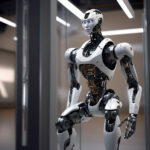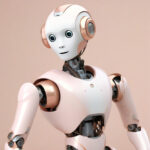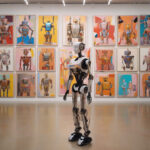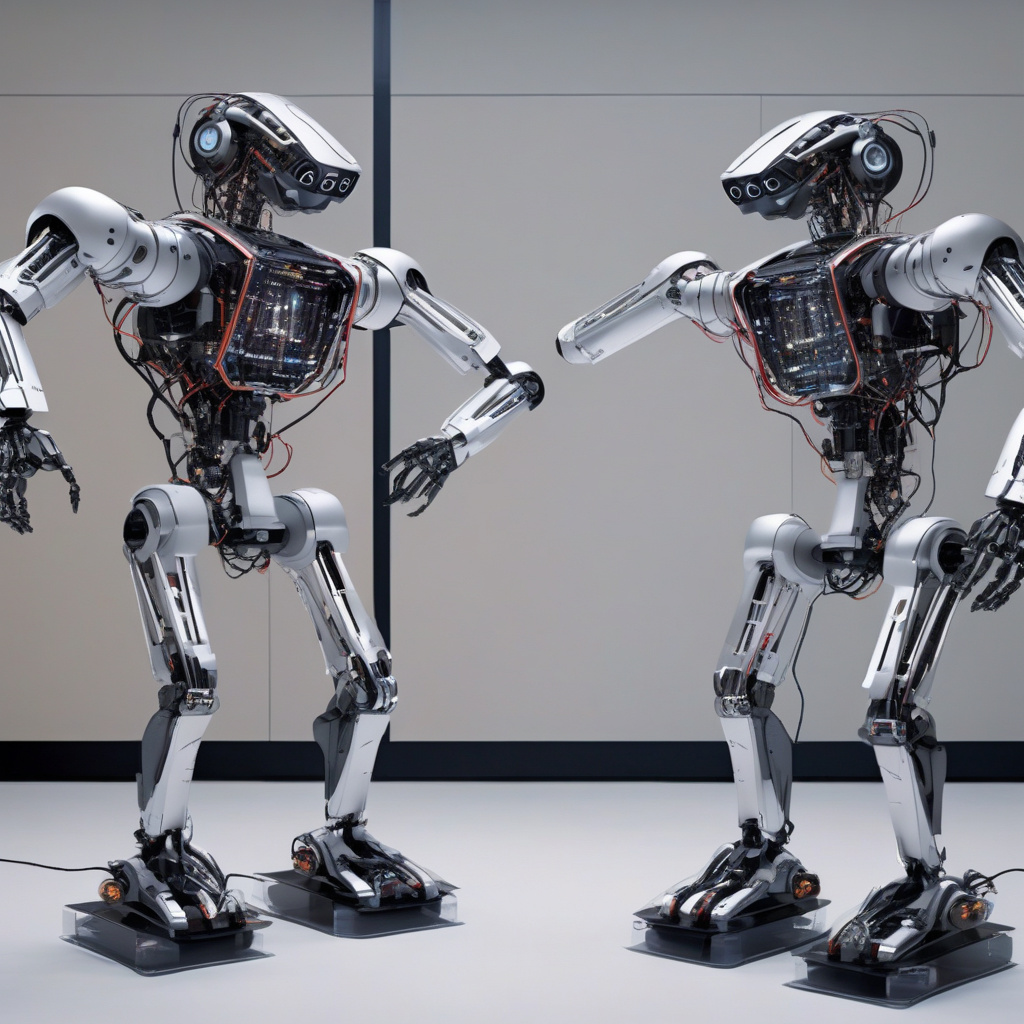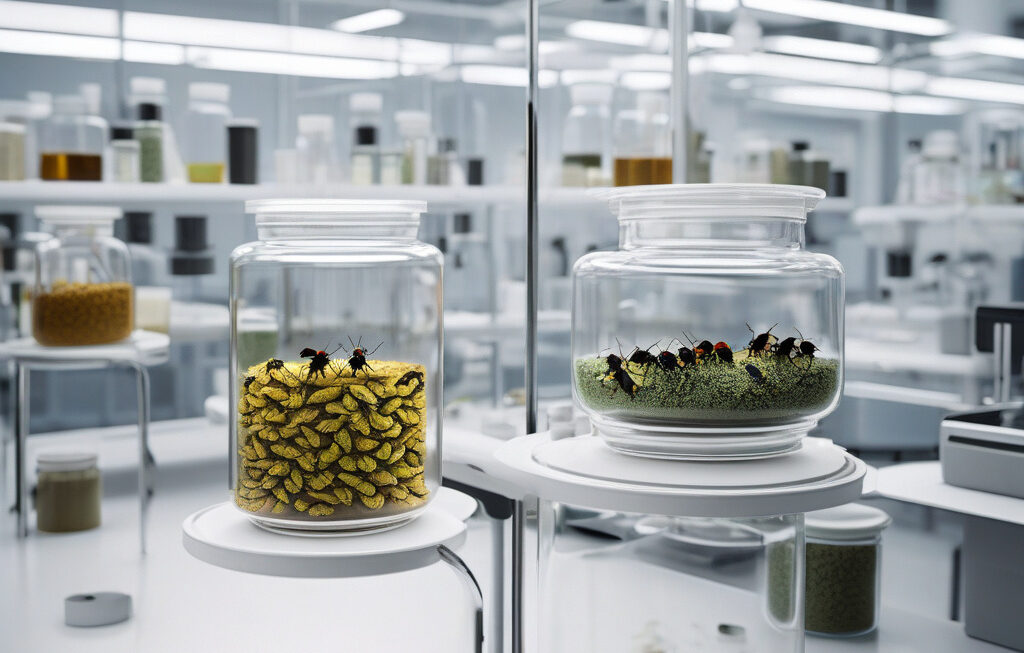Video: MIT AI Co-Designs a Jumping Robot That Outperforms Its Human-Made Twin
Generative AI is no longer just a tool for digital creativity—it’s now helping design real-world innovations that push the boundaries of what was once thought possible. The latest breakthrough comes from the Massachusetts Institute of Technology (MIT), where researchers have developed a jumping robot that not only mimics but surpasses its human-designed counterpart, thanks to the power of artificial intelligence.
In a groundbreaking collaboration between human engineers and AI, MIT’s Computer Science and Artificial Intelligence Laboratory (CSAIL) introduced a novel approach to robot design. By leveraging generative adversarial networks (GANs), a type of AI that pits two neural networks against each other to generate new content, the researchers were able to co-design a robot with capabilities that outshine those created by human experts alone.
The traditional process of designing robots often involves a series of predefined parameters and constraints set by human engineers. While this approach has led to significant advancements in robotics, it also comes with limitations that can hinder innovation. By incorporating generative AI into the design process, the MIT team was able to explore a much broader design space, leading to the creation of a jumping robot with enhanced performance metrics.
One of the key advantages of using generative AI in robot design is its ability to uncover unconventional solutions that may be overlooked by human designers. In the case of the jumping robot developed by MIT, the AI system was able to optimize the robot’s structure and control mechanisms in ways that surpassed the capabilities of its human-made twin. This resulted in a robot that could jump higher, move faster, and navigate more efficiently than previously thought possible.
Moreover, the collaborative nature of human-AI co-design opens up new possibilities for innovation in robotics. By combining the creativity and domain expertise of human engineers with the computational power and pattern recognition capabilities of AI, researchers can accelerate the pace of discovery and unlock new frontiers in robotics technology.
The implications of this research stretch far beyond the realm of robotics. The success of MIT’s AI co-designed jumping robot serves as a testament to the transformative potential of generative AI in a wide range of industries. From healthcare to transportation to manufacturing, AI-powered design systems have the capacity to revolutionize how we approach complex engineering challenges and drive progress in ways previously unimaginable.
As we witness the convergence of human ingenuity and artificial intelligence in projects like the MIT jumping robot, it becomes clear that the future of innovation lies in collaboration across man and machine. By embracing the capabilities of generative AI and harnessing its power to co-design groundbreaking solutions, we pave the way for a new era of technological advancement and redefine what is possible in the world of robotics.
In conclusion, the MIT AI-co-designed jumping robot represents a significant milestone in the field of robotics, showcasing the potential of generative AI to revolutionize traditional design processes and unlock new levels of performance and efficiency. As we continue to explore the synergies between human creativity and artificial intelligence, we are poised to witness a wave of innovation that will shape the future of technology in ways we have yet to imagine.
AI, Robotics, Innovation, MIT, Co-Designing

